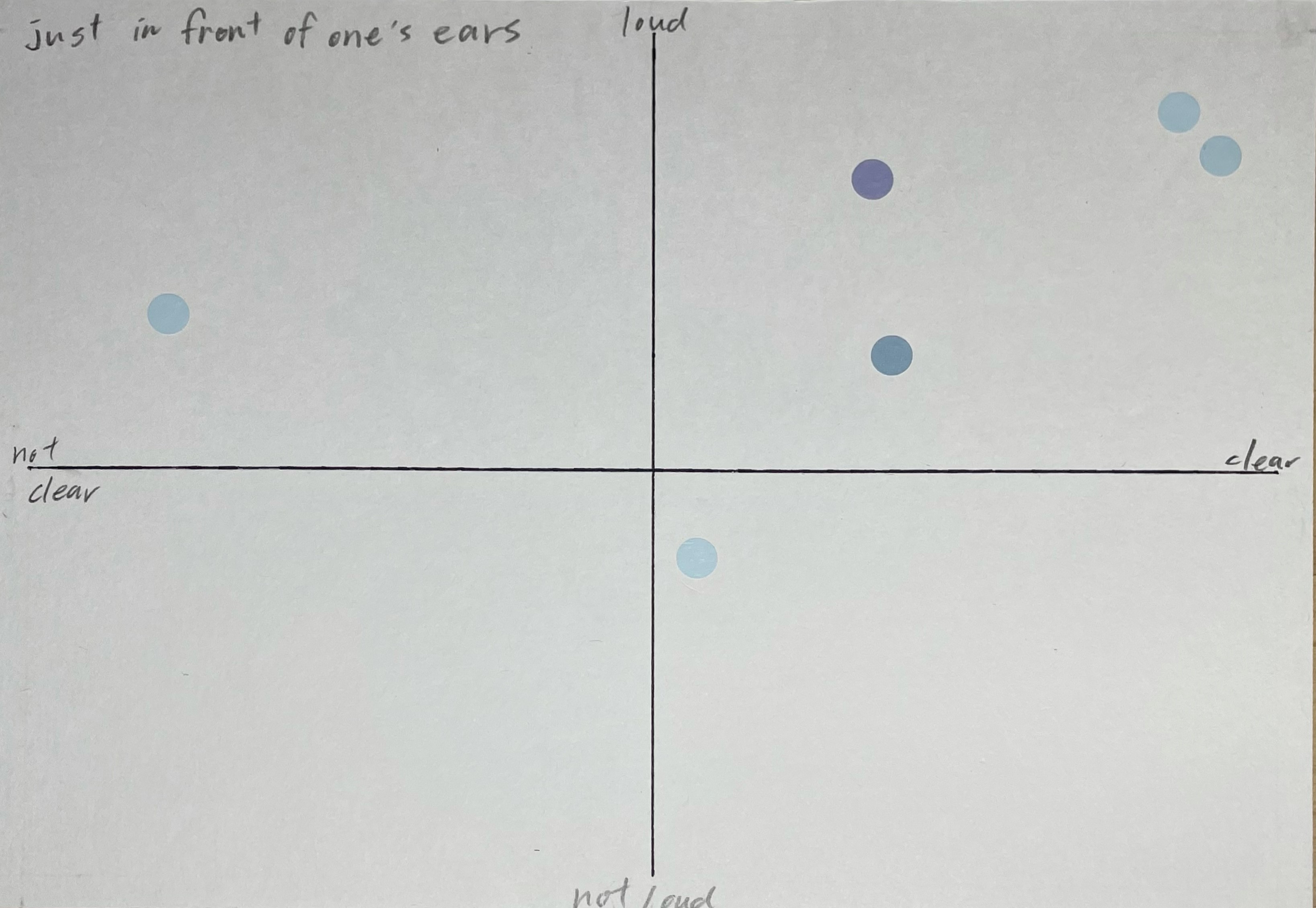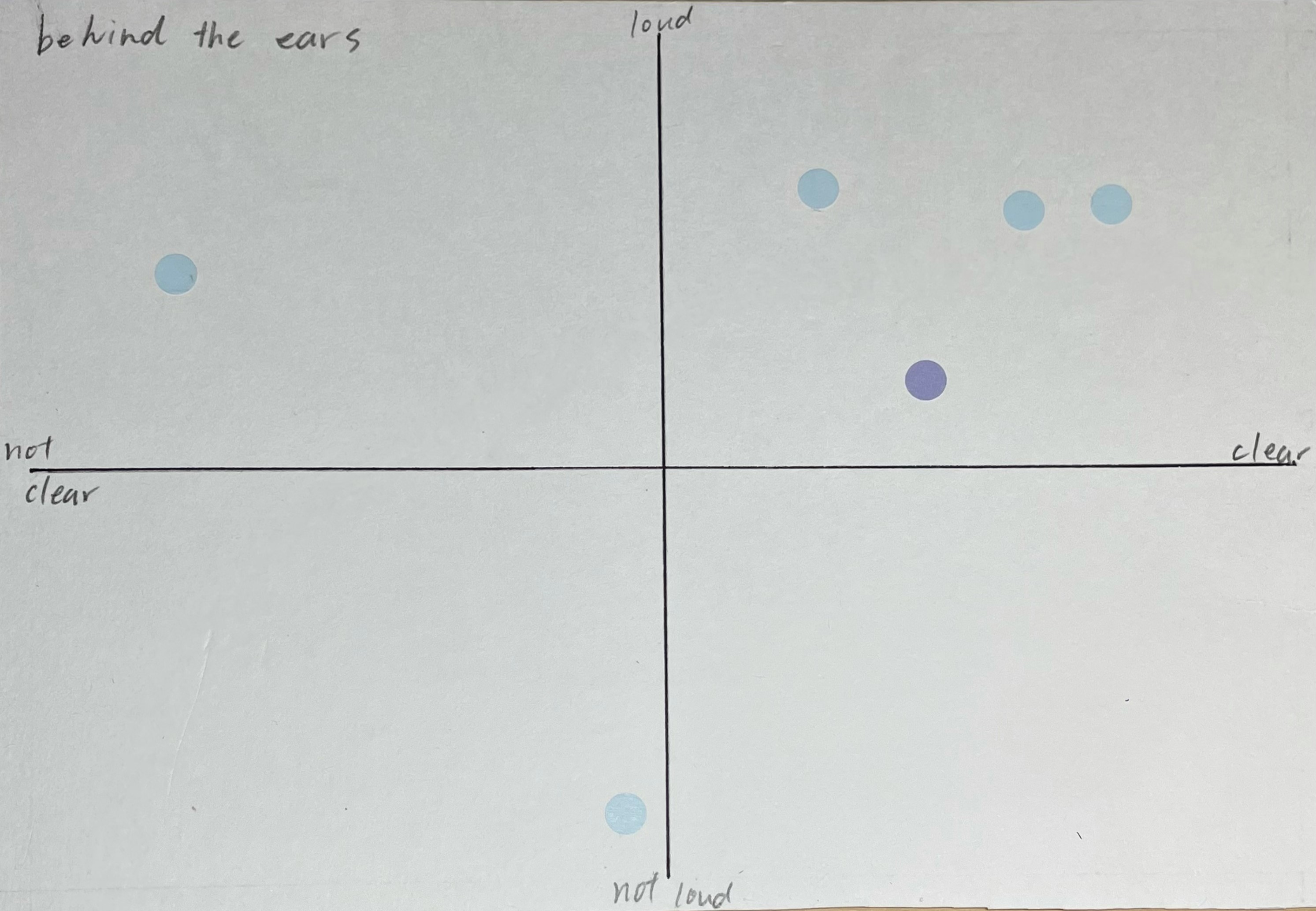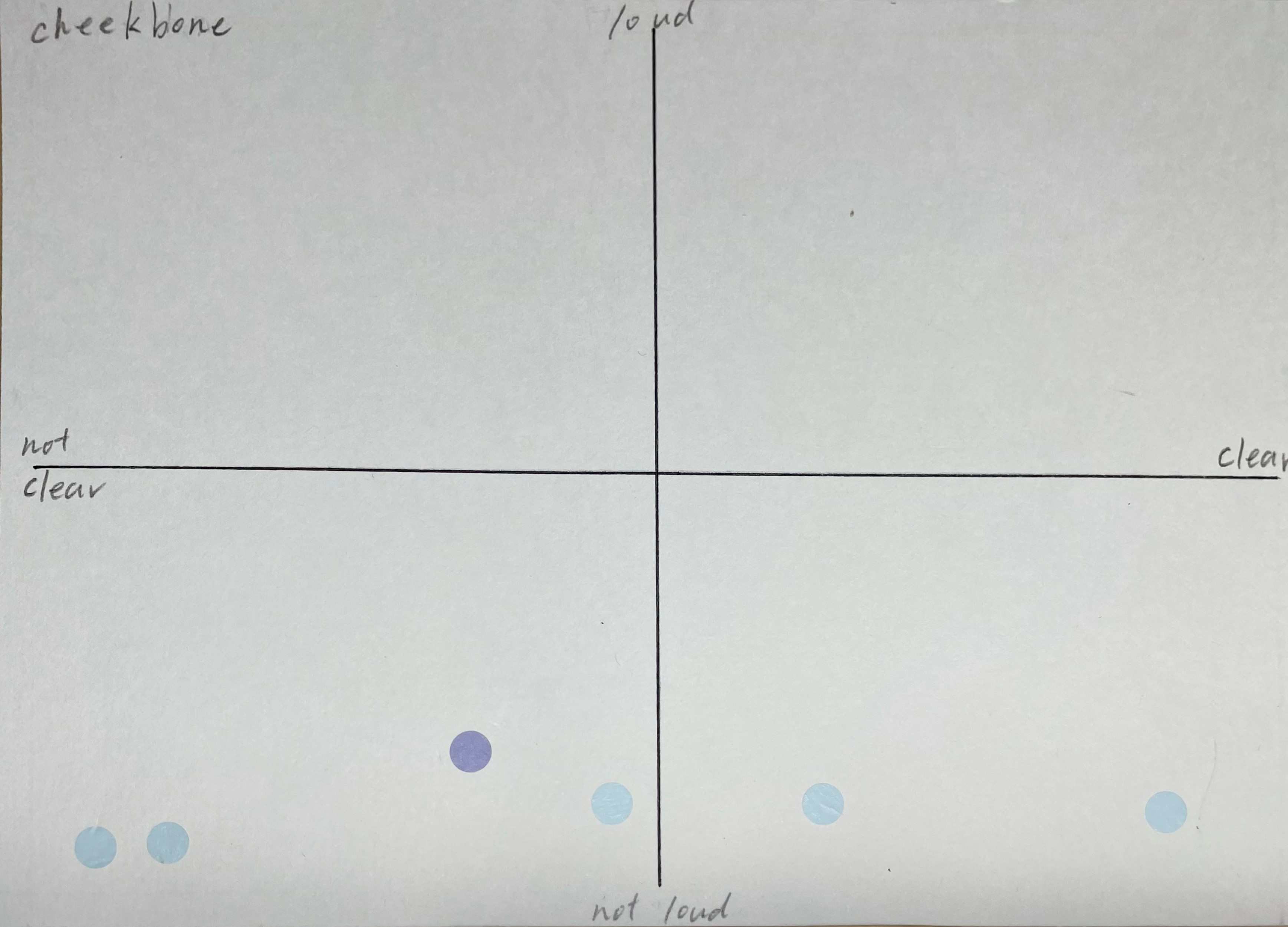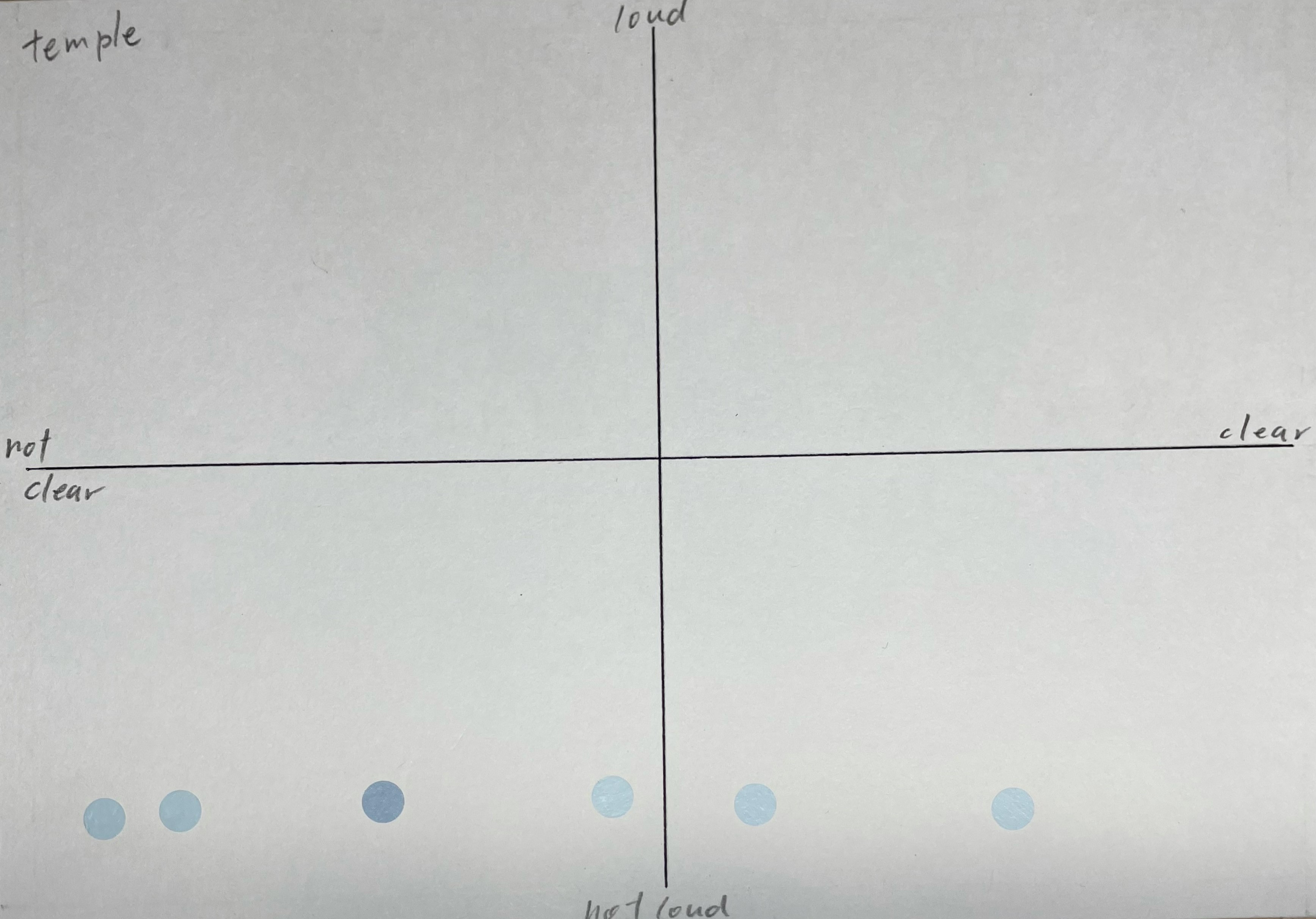STEM PROJECT

STEM Progect is a free research that is about STEM subjects. For example I'm interested in medical so, this year I research about Bone Conduction.
What I did?
I was interested in the mechanism of bone conduction, which I’ve been hearing a lot about lately. Also, I’m interested in bone conduction hearing aids because my grandmother’s hearing is getting worse, so I want to know about bone conduction and I want to help my grandmother.
Therfore I did two experiment.
First Experiment
Purpose
To research whether anyone can feel bone conduction and when you use a bone conduction device, where is the best placement on the head to use it?
Hypothesis
Just in front of one’s ears, one can hear the sound clearest and loudest because the mechanism of bone conduction is hearing sounds by directly shaking the inner ear.
Methods
Apparatus
Radio, motor, cable, and earplug
Procedure
- Connect a cable to the motor and radio.
- Raise volume to the maximum.
- Put in an earplug.
- Touch the motor to the head: just in front of one’s ears, behind the ears, at the temple, and at the cheekbone.
- Test someone and make a chart.
- Repeat with 5 more participants.
Results
Just in front of one's ears
Most people feel that just in front of one’s ear is the best placement to listen with. Behind the ear is also a good placement, too. However, the temple and cheekbone are not good placements.
Discussion

The temporal bone contains the inner ear, so just in front of one’s ear and behind the ear are good placements for hearing. Also, the skull is made by 8 bones, so other places have joints. Therefore they absorb the vibrations.
Second Experiment
Purpose
What material is the best for making bone conduction hearing aids?
Hypothesis
When we make hearing aids, iron is the best material to use because most headphones are made with metals.
Methods
Apparatus
Radio, motor, cable, acrylic, wood, iron, paper, cup, Adobe Audition
Procedure
- Cut the acrylic, wood, iron, and paper to the same size.
- Connect the piece of material to the end of the motor and connect to the cup to the other side.
- Measure how loud it is.
- Repeat with all of the materials.
Results
|
Sound level(dB) |
Density(g/mm³) |
| Acrylic |
-17.1 |
0.00981 |
| Iron |
-17.5 |
0.154 |
| Wood |
-19.5 |
0.0213 |
| Paper |
-23.5 |
0.0101 |
0dB is the loudest volume in this app.
That's the maximum volume that won't cause sound crackling.
Discussion
I thought that iron is the best material to make hearing aids with, but acrylic is the loudest in these results.
If the density is high, it makes the sound louder, so I measured the density but in the results, iron is the densest. Therefore, sound is not only affected by material density.
Conclution
I learned the mechanism of bone conduction.
I asked my grandmother, and she said, “When I put a motor on my ear with better hearing, it is better than the ear with worse hearing.” So I think it is difficult to solve the problem because most deafness is caused by the inner ear.
I wanted to ask many people, but I couldn’t because of COVID-19, so after COVID-19 is over, I’ll ask many people.
HOME
Book Review 2021
School Festival 2021
Tricycle 2022





